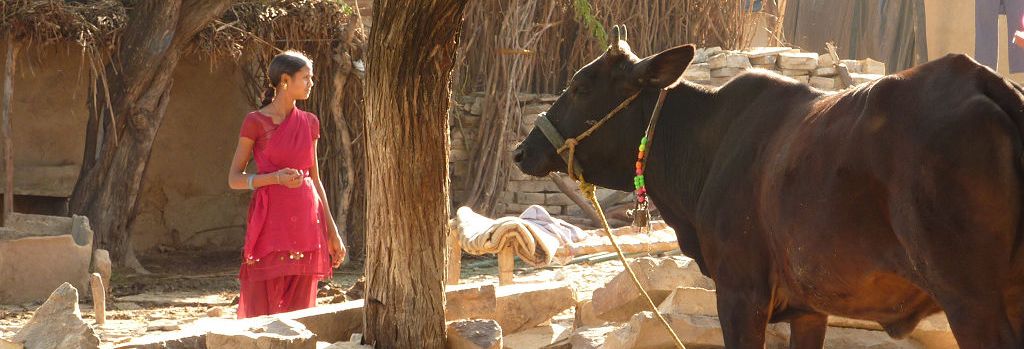The country
India is the world’s most populous country, with 1.4 billion inhabitants (almost 18% of the world’s population), 50% of whom are under 28 and 25% under 14.
Despite the sustained development that has made India one of the great emerging powers, economic and social disparities are immense. While the information gathered by the World Bank does not allow for a precise assessment of the current poverty rate in India, it is estimated that 55.5% of the working population earns less than $2 a day. 67% of out-of-school children come from scheduled castes and tribes or Muslim communities.
India also has the world’s largest population of illiterate adults (estimated at 287 million during the last census). Illiteracy is more pronounced – up to 20% higher – among women, in scheduled castes and tribes in rural areas and in certain states (Uttar Pradesh, Rajasthan, Bihar).
Educational challenges
Although education is a fundamental right, the basis for an equitable, inclusive and developed society, there are many challenges to getting children from vulnerable environments into school:
- Access to schools is difficult. The number of schools is insufficient, the distance to school is too great, and the state lacks the means to maintain existing school infrastructures.
- Cultural barriers are significant. Too many parents still refuse to send their daughters to school.
- The quality of education is mediocre in public schools, and private schools are inaccessible.
- Absenteeism is high (illness, lack of sanitary facilities in schools / female hygiene, chores to be done at home). In disadvantaged areas (poverty, remoteness, exclusion), these difficulties hamper parents’ motivation to send their children to school, and have a direct impact on school enrolment rates.
Since 1992, ASED has been helping to improve this situation by collaborating with Indian associations that provide innovative education and quality training in line with the country’s economic realities. In this way, the most vulnerable young people can break the vicious circle of illiteracy and poverty, and gain access to a better future that will sustainably improve their quality of life, as well as that of their families and communities.

